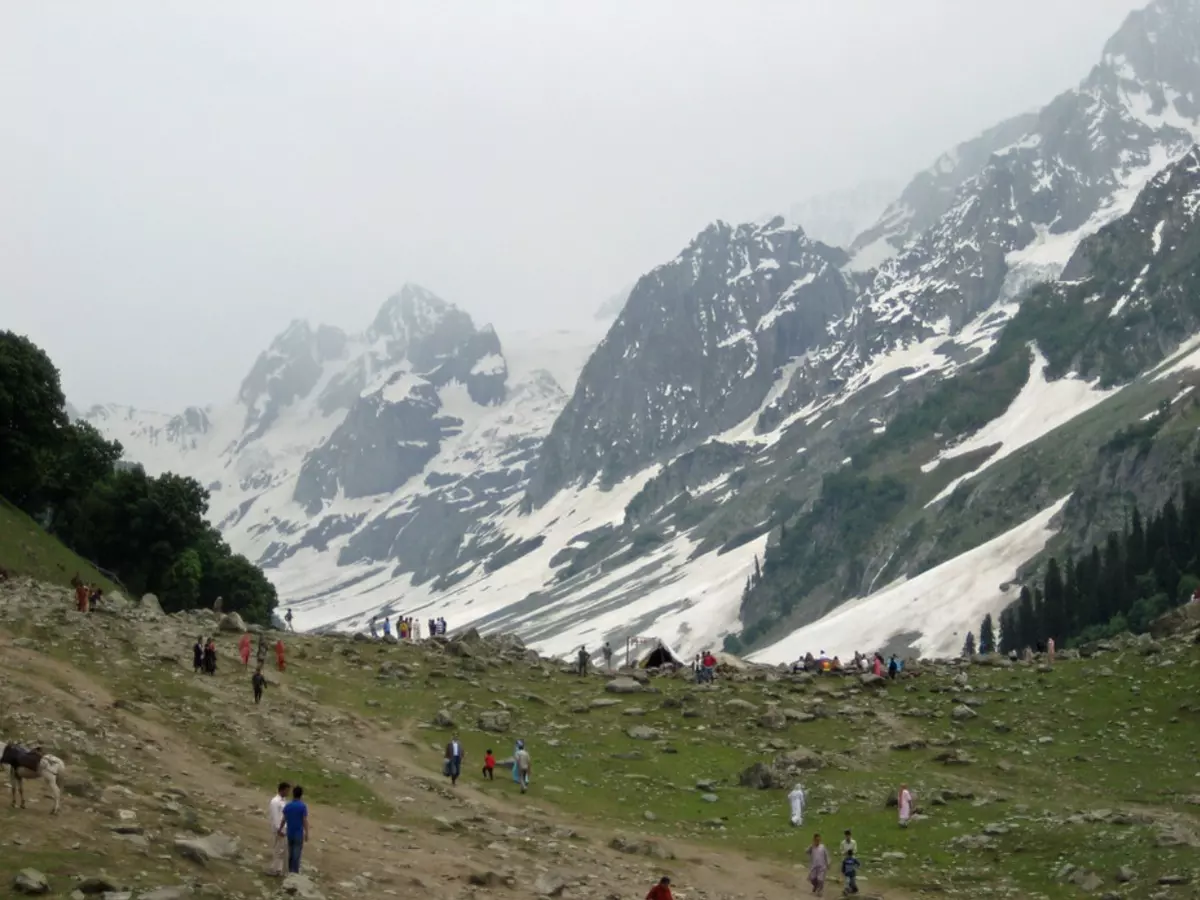Ladakh: Himalayan Glaciers Are Under Threat Due To Growing Vehicular Traffic, Reveals Study
Study based on satellite images of 77 glaciers observed over two decades from 2000 to 2020 in the Drass basin of western Himalaya Decreased to 17146 sq km Debris cover had a significant impact on glacier melting with clean glaciers losing 5% more than debris-covered glaciers. Heavy vehicles are responsible for 60% of black carbon emissions it said.

It's time to put a brake on bucket-list bike and car trips as the shrinking of glaciers in Himalayan region Ladakh, the battleground for the Indian and Chinese troops along Line of Actual Control (LAC), is due to the growing vehicular traffic, a study has revealed.
 Flickr
Flickr
The study published by the journal Environmental Science and Pollution Research is based on satellite images of 77 glaciers observed over two decades, from 2000 to 2020, in the Drass basin of western Himalaya.
Decreased to 171.46 sq. km
The glaciers studied ranged in size from 0.27 sq. km. to 14.01 sq. km, with an average size of 2.30 sq. km. The study reports that the glacier area decreased from 176.77 sq. km. in 2000 to 171.46 sq. km. in 2020, which is about 3% of the total glacier area.
 The Hindu
The Hindu
¡°The pace of glacial recession varies greatly among glaciers ranging from 0.24% to 15%. The snout retreat for the period ranged from 30 to 430 meters. Debris cover had a significant impact on glacier melting, with clean glaciers losing 5% more than debris-covered glaciers. The average thickness change and mass loss of glaciers have been 1.27 to 1.08 meters,¡± the study said per The Hindu.
Six researchers participated in study
Climatologist Shakil Ahmad Romshoo and five research scholars, Khalid Omar Murtaza, Waheed Shah, Tawseef Ramzan, Ummer Ameen and Mustafa Hameed Bhat, participated in the study.
The analysis shows that glaciers at lower elevations receded by 4.10% whereas glaciers at mid and higher elevations receded by 3.23% and 1.46% over the period observed.
 BBC
BBC
The study found that heavy vehicular movement is the main cause for the rapid pace at which glaciers are receding in the region. Black carbon concentration ranged from 287 to 3,726 nanograms per cubic metre, with an average of 1,518 nanograms per cubic metre, ¡°which is markedly higher compared to the black carbon concentration reported from other high-altitude locations in the Hindu Kush Himalayas¡±.
Black carbon concentration increased
¡°From 1980 to 2020, black carbon concentration has increased significantly from 338 nanogram per cubic meter in 1984 to 634 nanogram per cubic meter in 2020. It is inferred that the increasing black carbon concentration, due to the proximity to the national highway (NH), has significantly affected the glacier health,¡± the study said.
 DNA
DNA
The study points out that 17 glaciers situated close to the national highway showed higher glacier shrinkage (4.11%) and snout retreat (209 m) than the glaciers situated further away from the national highway, numbering 60, with glacier shrinkage (2.82%) and snout retreat (148 m).
¡°Heavy vehicles are responsible for 60% of black carbon emissions,¡± it said.
For more on news and current affairs from around the world please visit Indiatimes News.
